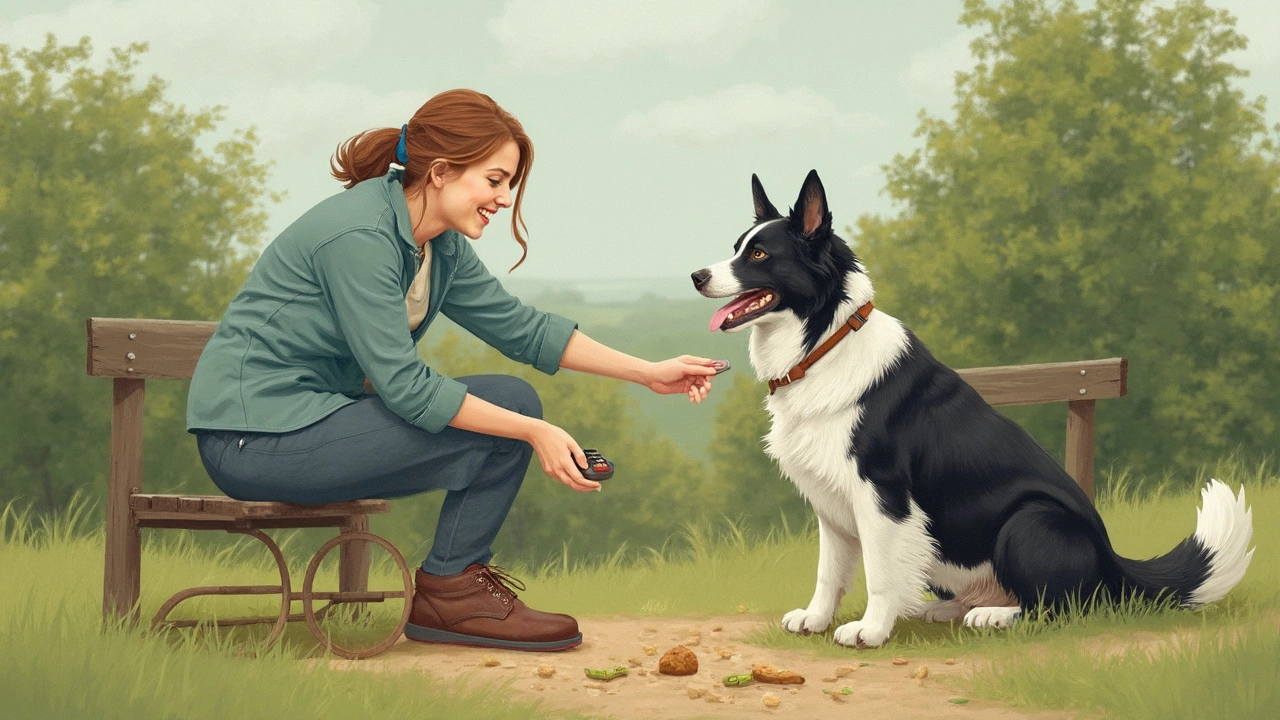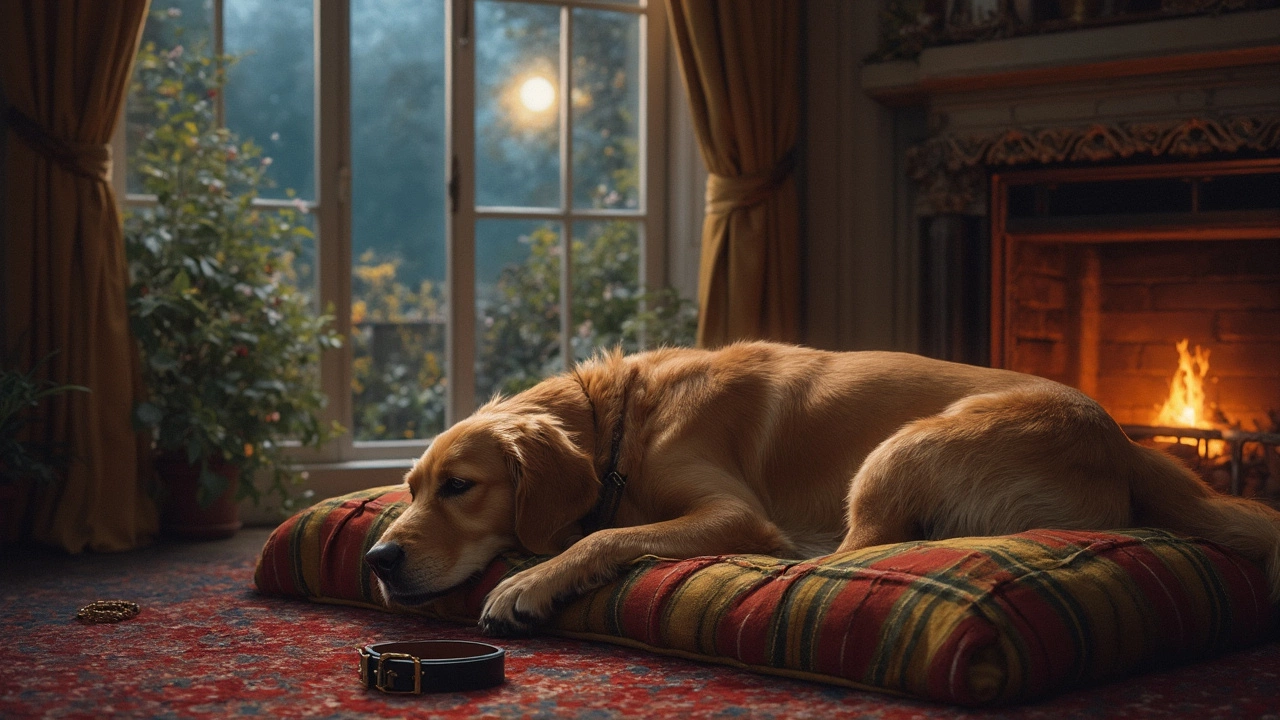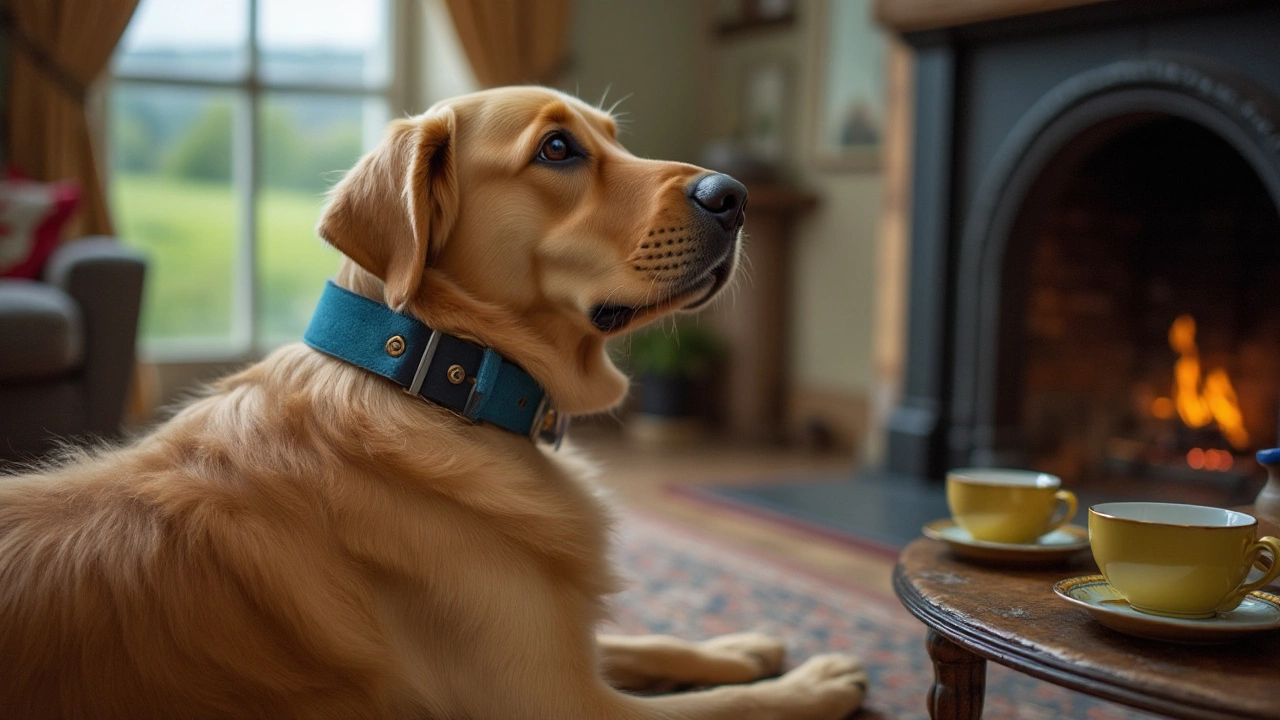Dog Collars – How to Pick the Right One for Your Dog
Ever wondered why some collars feel snug while others just flop around? The right collar does more than hold a tag – it keeps your dog safe, comfortable, and under control. In this guide we’ll break down the most common collar styles, what to look for in a fit, and a few quick tips that will save you hassle later.
Types of Dog Collars
First up, let’s sort the collars into three easy groups:
- Flat nylon or leather collars – the classic look. They’re lightweight, cheap, and work great for everyday wear. Leather ages nicely but needs occasional conditioning.
- Breakaway or quick‑release collars – designed to snap open if something gets tangled. Perfect for dogs that love to explore or for puppies who chew everything.
- Training and calming collars – these include slip‑on choke chains, martingale collars, and pheromone‑infused calming collars. Use them only when you need extra control or anxiety relief, and follow the advice from a vet or trainer.
If you’re looking for a collar that also doubles as a walking aid, check out leash‑integrated designs. They keep the leash attachment sturdy and reduce the chance of the leash slipping off.
Fit, Safety, and Comfort
Even the fanciest collar won’t help if it’s the wrong size. Here’s a quick fitting test: slide two fingers between the collar and your dog’s neck. If it’s tighter than that, it’s too snug; if you can slip a whole hand through, it’s too loose.
Material matters too. Nylon is water‑resistant and easy to clean, while leather offers a premium feel but needs dry storage. For dogs with sensitive skin, look for collars with soft padding or hypo‑allergenic fabrics.Safety tags are a must. Attach a tag with your contact details and make sure the buckle or snap is sturdy. If you’re using a breakaway collar, test it by gently pulling – it should release without hurting the dog.
Finally, think about the environment. A reflective strip or bright colour boosts visibility on night walks. Some collars even have a built‑in LED for extra safety.
Choosing the right collar is a mix of style, function, and fit. Keep these points in mind, try a few options in the store or order a couple of sizes to test at home, and you’ll soon have a collar that feels like a natural extension of your dog’s personality.
Got a specific need, like a calming collar for anxiety or a sturdy leash‑compatible option for a strong puller? Browse our related posts on calming collars, no‑pull harnesses, and the best leashes to pair with your new collar. Happy shopping, and enjoy those walks with a collar that’s just right for both of you.
Do Professional Dog Trainers Use Shock Collars? The Real Story
Wondering if pro dog trainers actually use shock collars? This article cuts through the noise to explain when and why some trainers might use them, and why the industry is changing its approach. You’ll get facts on training methods, the impact on dogs, and practical advice for dog owners thinking about their options. Real examples from the training world show what’s happening today. If you want the lowdown without the fluff, you’ll find it here.
Should You Take Your Dog's Collar Off at Night?
Ever wonder if it's better to let your pup sleep without a collar? This article dives into why you might want to give your dog a break from their collar at night, weighing the pros and cons. We explore nighttime safety, comfort, and even some surprising facts that might change how you see your dog's bedtime routine. Discover practical tips to keep your furry friend comfortable and secure without compromising safety.
Understanding the Difference: Breakaway vs Quick Release Dog Collars
Choosing the right dog collar can be challenging, especially with options like breakaway and quick release collars. Breakaway collars are designed for safety, allowing dogs to escape if the collar gets caught, while quick release collars offer convenience with a buckle that can be easily opened and closed. Each type suits different needs, making it essential for pet owners to understand their differences to ensure their pet's wellbeing. This article highlights the features, uses, and benefits of both collar types, providing valuable insights for any dog owner.
Is It Safe to Keep Your Dog's Collar On 24/7?
A dog collar is an essential accessory for pet owners, but the question arises if it should be worn all day, every day. There are health, safety, and comfort considerations involved. This article explores the pros and cons of keeping a dog collar on around the clock, offering insights and practical tips for responsible pet care. Understanding the implications can help ensure the safety and well-being of our furry friends.



